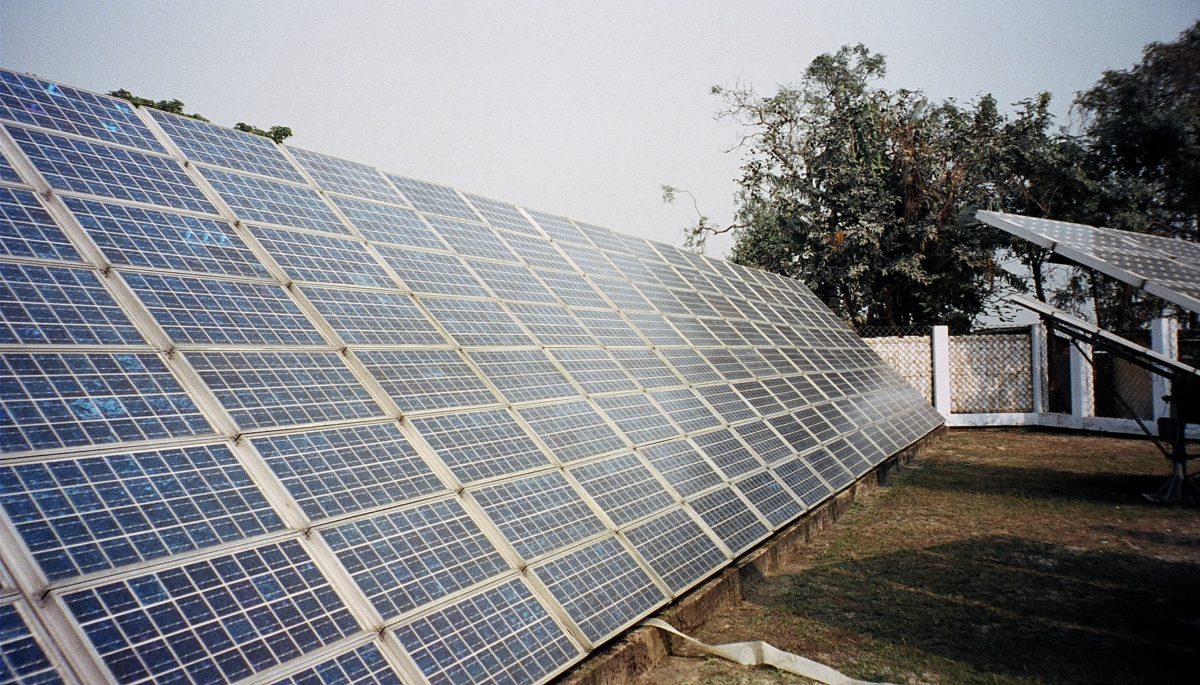The makeup of India’s 100 GW solar goal by 2022 has shifted shape this week following the confirmation by the Cabinet Committee of Economic Affairs (CCEA) that the target for solar park capacity has doubled from 20 GW to 40 GW.
This target capacity increase was first outlined in the new budget at the turn of the year, but the confirmation from government also included further details of how the target is to be reached.
The Solar Energy Corporation of India (SECI) will oversee the development of this goal, working closely with respective state governments to see through project development of ultra-mega solar power plants across the country.
A total of 50 solar parks will now be built between 2019-2020, backed by central government financing of $1.2 billion. Park developers will receive a grant of up to INR 2.5 million (around $37,000) to draw up draft project reports prior to each park’s construction, after which the government will release Central Financial Assistance of up to INR 2 million ($29,800), or 30% of the project and grid connection costs (whichever is lowest), to each developer.
Prior to the CCEA confirmation, India had begun planning or building 34 solar parks across 21 states as it inched slowly towards that earlier 20 GW target. Raj Prabhu, Mercom Capital Group CEO, has previously warned of the difficulties some developers face in bringing their plans to fruition, with many running into difficulties concerning poor and lacking infrastructure in or near identified development sites.
“The issues around solar parks are typical to the Indian solar sector,” Prabhu said. “Most policies are well-intentioned with top-down goal setting, but the problem usually is on the execution side.”
The hope this time is that central government financing will be available a good time in advance, enabling developers and state governments to properly clear any hurdles that may hamper construction plans.
Speaking at a media briefing with the CCEA yesterday, Indian minister for power, coal, mines and new and renewable energy Piyush Goyal said that the decision to double the nation’s solar park capacity will “contribute to long-term energy security of the country”.
Pressed on whether foreign manufacturers would be permitted to supply these solar parks, Goyal responded: “I am in continuous dialogue with the manufacturers of solar equipment in India and […] there is now quite a significant interest to set up solar manufacturing in India,” Mint reported. “We will shortly bring out a new policy to promote manufacturing of entire solar power generation equipment in India,” Goyal added.
Analysis by Mercom Capital Group has found that India currently has 5.2 GW of operational module manufacturing capacity, of which only around 3 GW is “working” capacity. The recent budget failed to address local manufacturers’ concerns regarding a lack of subsidy or incentive to develop fabs, and unclear support at state level.
This content is protected by copyright and may not be reused. If you want to cooperate with us and would like to reuse some of our content, please contact: editors@pv-magazine.com.



Viry Supar Vikram solar to NTPC Project